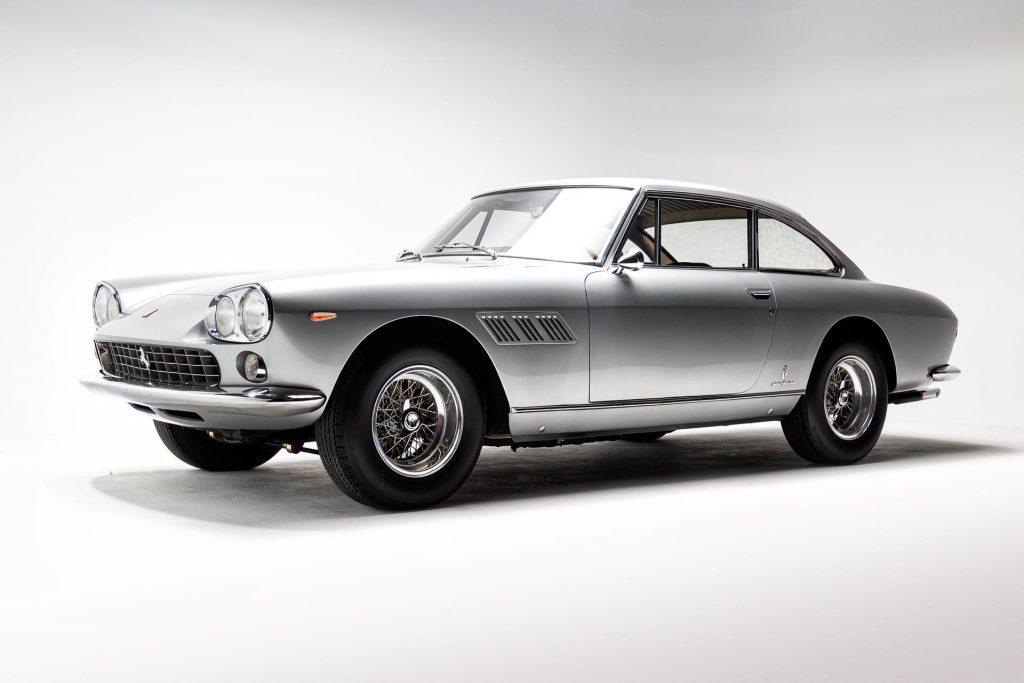
Current Price: USD $77,533 – Source
Auction Ends: Thursday, June 12 at 10:20am PT
–
This 1965 Ferrari 330 GT 2+2 is one of a reported final 125 “Interim” Series I examples that were delivered from the factory with a five-speed manual transmission and quad headlights. Chassis 7533 was the final Series I chassis and was delivered new to its first owner, Princess Giovanna Pignatelli d’Aragona Cortés, via VECAR S.p.A. in Rome, Italy, on October 8, 1965. It was imported to the US in 1975, spending time in California and Massachusetts, where it underwent a refurbishment by Custom Classics and Restorations of Sheffield in the 1990s before it was purchased by the selling dealer from its previous owner of 35 years in 2024. Subsequent service performed in preparation for the sale included overhauls of the brakes, suspension, and electrical system as well as the installation of replacement engine mounts, a radiator core, coolant hoses, and a battery. The car is finished in Grigio Argento over Nero Franzi leather upholstery, and power comes from a 4.0-liter Colombo V12. Additional equipment includes 15″ Borrani wire wheels, an ANSA quad-exit exhaust, quad headlights, power windows, and front shoulder belts. This Interim Series I 330 GT is now offered in Houston, Texas, as part of the DriverSource 2025 Spring Motoring Collection with factory literature, a Marcel Massini report, superseded Italian and US registration documents, refurbishment photos, service records, and a clean Massachusetts title.
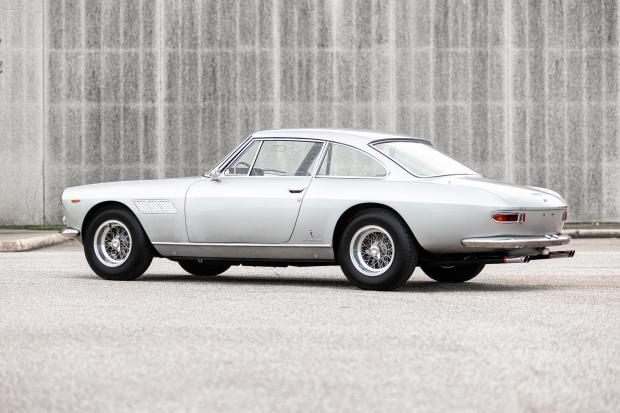
Designed by Tom Tjaarda at Pininfarina, the 330 GT debuted at the Brussels Motor Show in early 1964 as a replacement for the 330 America. It featured a longer wheelbase and a wider grille than its predecessor. It was replaced by the facelifted Series II model in 1965. During the 1990s refurbishment, this example was repainted Grigio Argento, which is said to be the original color. Equipment includes quad headlights, polished bumpers, fender vents, a driver-side mirror, and pop-out quarter windows. Imperfections in the finish can be seen in the gallery below.

The 15″ Borrani wire wheels feature three-eared knock-off hubs and are mounted with 2023 date-coded Pirelli Cinturato HS tires. A matching spare wheel and tire are mounted beneath the trunk floor and can be seen in the gallery. The Koni shocks were rebuilt, and replacement suspension bushings and rear leaf springs were installed by the selling dealer. The four-wheel disc brakes were also serviced with a rebuild of the brake booster and calipers as well as a fluid flush.
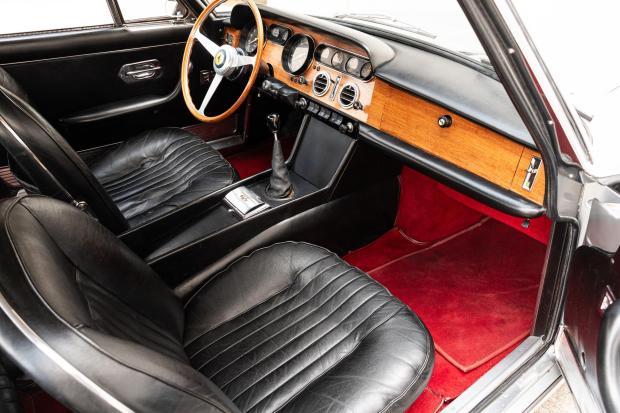
The cabin features bucket seats and rear seating trimmed in Nero Franzi leather, along with a matching dashboard, center console, and door panels. Red carpets line the floors, and additional equipment includes power windows, a wood dash panel, a locking glovebox, hanging pedals, and front shoulder belts. A replacement Vitaloni headlight switch was installed by the selling dealer along with headlight wiring. Loose seams on the rear seat can be seen in the gallery.
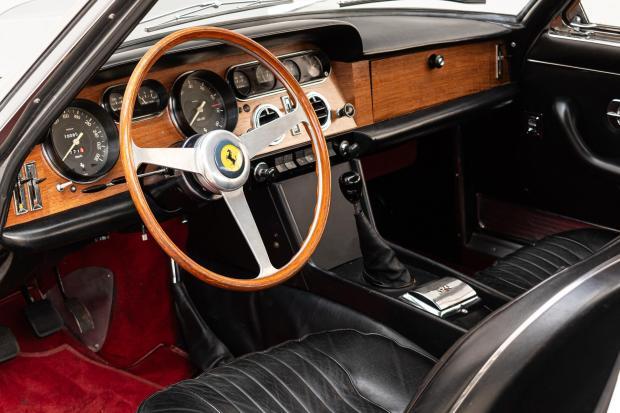
The wood-rimmed steering wheel frames Veglia instrumentation including a 300-km/h speedometer and an 8k-rpm tachometer. Auxiliary gauges are mounted in the center of the dash. The five-digit odometer shows 70k kilometers (~44k miles), approximately 20 of which were added by the selling dealer.
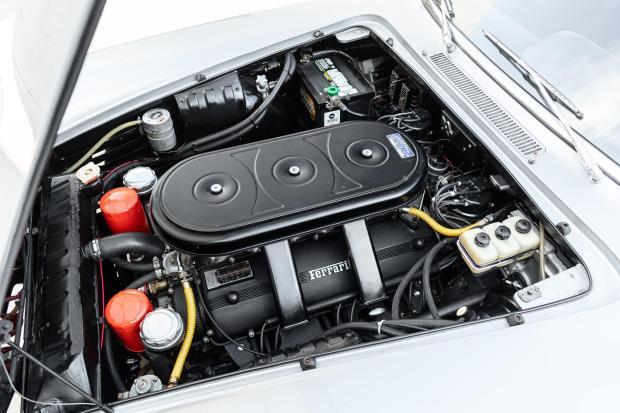
The 4.0-liter Colombo Tipo 209 V12 was rated at approximately 300 horsepower when new. The engine was rebuilt during the 1990s refurbishment, and service performed by the selling dealer included a synchronization of the triple Weber 40DCZ6 carburetors as well as the installation of a replacement radiator core, alternator core, coolant hoses, engine mounts, and a battery. A fluid service was also performed. Results from a recent compression test can be seen in the gallery.
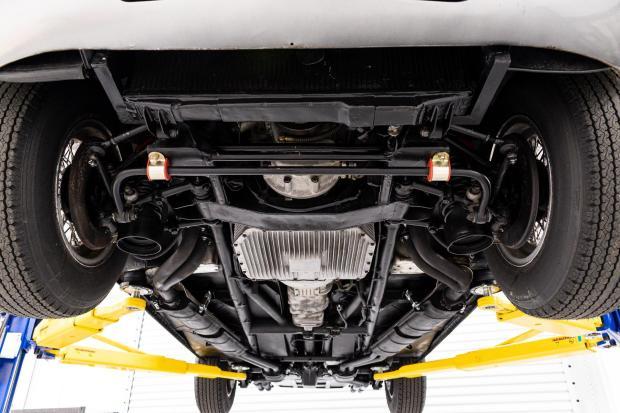
Power is sent to the rear wheels via a five-speed manual transmission that was serviced by the selling dealer, and the clutch cylinders were also rebuilt. The ANSA quad-exit exhaust was overhauled at that time with the installation of replacement hangers, mounts, and decals.
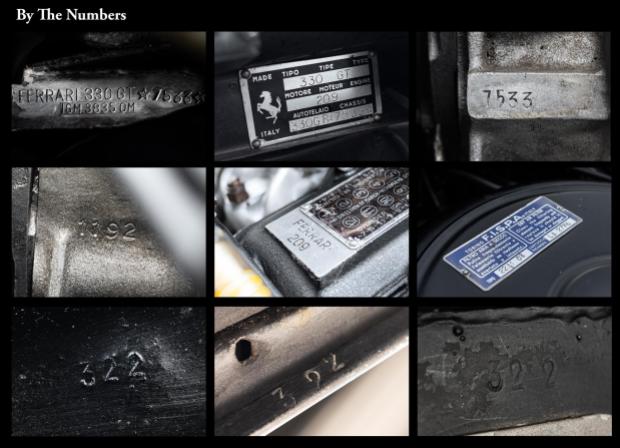
A composite photo showing chassis, body, engine, and gearbox numbers around the car has been provided by the selling dealer.
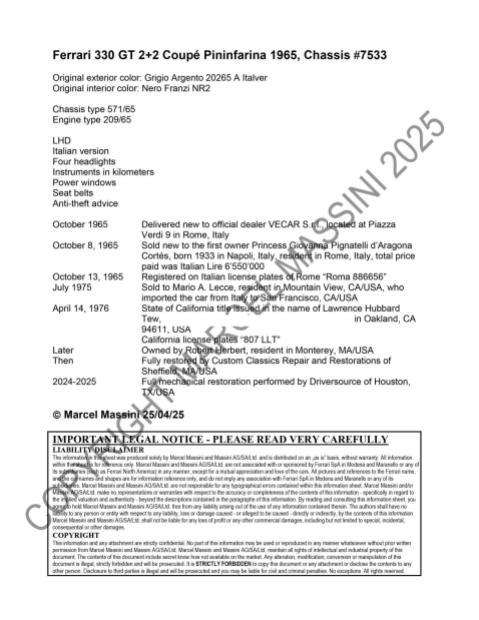
The Marcel Massini report lists the original colors and component numbers as well as the build and ownership timeline.
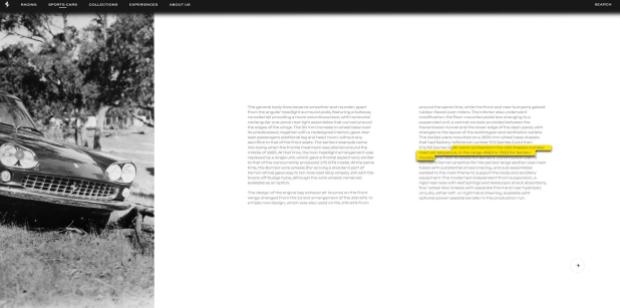
The Ferrari website lists chassis #7533 as the final Series I example produced.
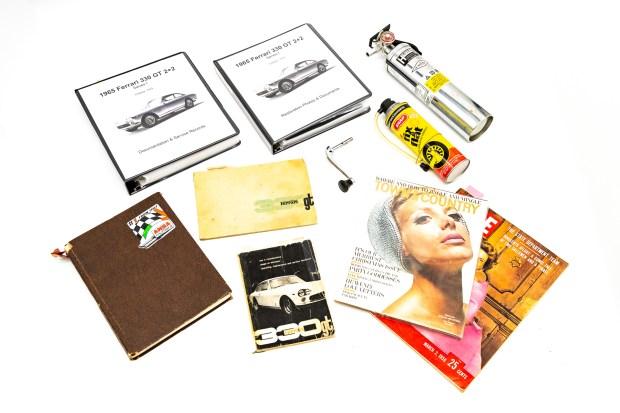
Factory literature, service records, literature, and articles on the car’s first owner accompany the car.

